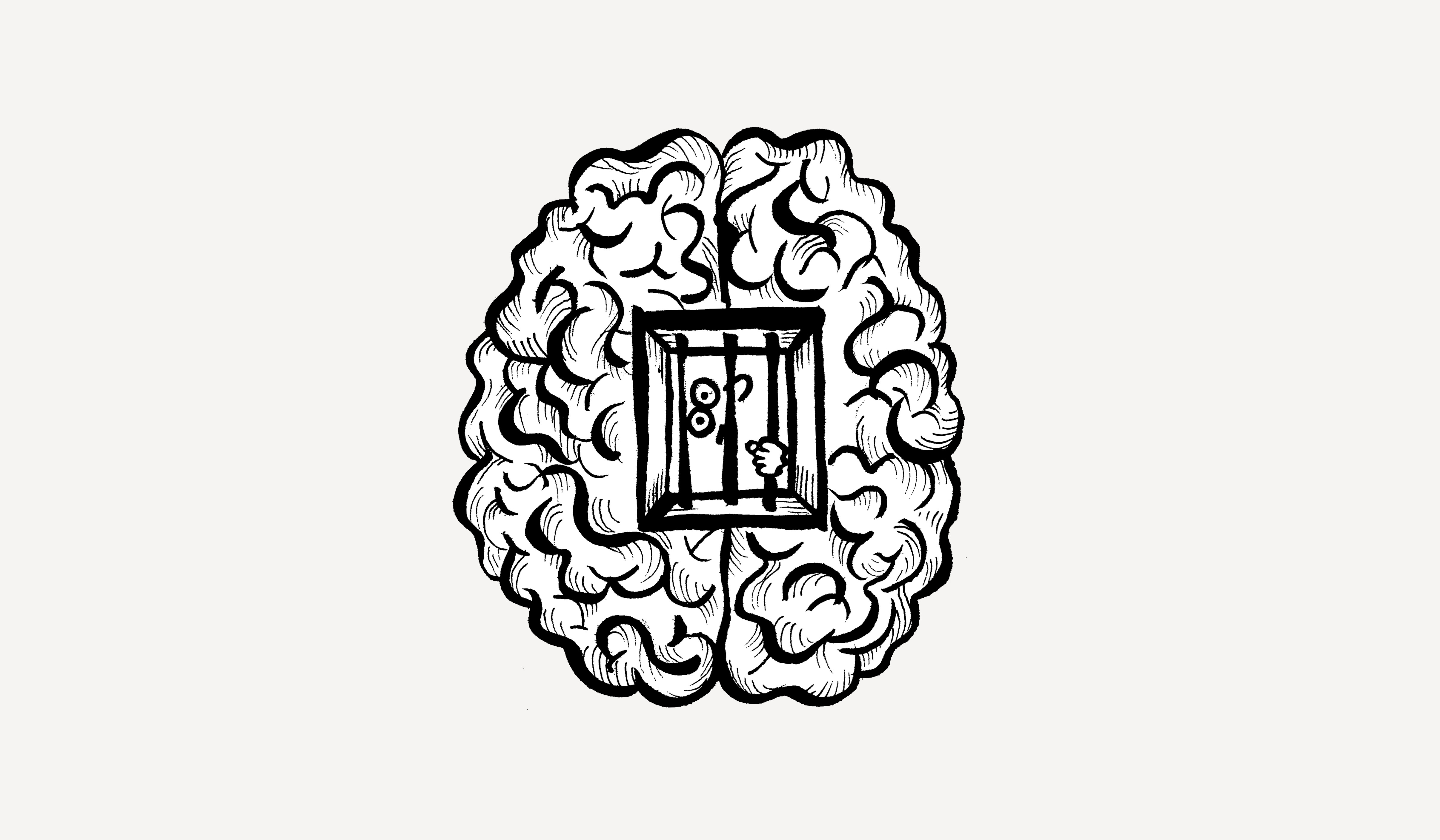
In a 2016 published study about how our ancestral needs impact our modern feelings, researchers uncovered something that will surprise few among the highly intelligent. While most people are happier when they’re surrounded by friends, smart people are happier when they’re not.
The researchers, Norman P. Li and Satoshi Kanazawa, of the Singapore Management University, Singapore and the London School of Economics and Political Science, UK, respectively, were investigating the “savanna theory” of happiness.
The savanna theory — also called the “evolutionary legacy hypothesis” and the “mismatch hypothesis” — posits that we react to circumstances as our ancestors would, having evolved psychologically based on our ancestors’ needs in the days when humankind lived on the savanna.
The study analyzed data from interviews conducted by the National Longitudinal Study of Adolescent Health (Add Health) in 2001-2002 with 15,197 individuals aged 18–28. The researchers looked for a correlation between where an interviewee lived — in a rural or urban area — and his or her life satisfaction. They were interested in assessing how population density and friendships affect happiness.
How We Feel About Being in Large Groups
The study found that people in general were less happy in areas of greater population density. The report’s authors see this is as support for the savanna theory because we would naturally feel uneasy in larger groups if — as evidence they cite suggests — our brains evolved for functioning in groups of about 150 people:
- Comparing the size of our neocortex to other primates and the sizes of the groups in which they dwell suggests the natural size of a human group is 150 people (Dunbar, 1992).
- Computer simulations show that the evolution of risk aversion happens only in groups of about 150 people (Hintze, Olson, Adami, & Hertwig, 2013).
- The average size of modern hunter-gatherer societies is 148.4 people (Dunbar, 1993).
- Neolithic villages in Mesopotamia had from 150–200 people (Oates, 1977).
- When a group of people exceeds 150-200 people, it will tend to break into two in order to facilitate greater cooperation and reciprocity among its members (Chagnon, 1979).
- The average personal network, as suggested by the typical number of holiday cards sent per person per year, is 153.5 people (Hill & Dunbar, 2003).
The study discovered, though, that the negative effect of the presence of lots of people is more pronounced among people of average intelligence. They propose that our smartest ancestors were better able to adapt to larger groups on the savanna due to a greater strategic flexibility and innate ingenuity, and so their descendants feel less stressed by urban environments today.
You’ve Got to Have Friends. Or Not.
While it seems self-evident that good friendships increase life satisfaction in most people, Li and Satoshi and Kanazawa note, surprisingly, that they know of only a single study that looked at the reason why this is true, and which concluded friendships satisfy psychological needs such as relatedness, the need to be needed, and an outlet for sharing experiences. Still, the reason a person has those needs remains unexplained.
Li and Kanazawa feel that we need look no further than the savanna. They say that friendships/alliances were vital for survival, in that they facilitated group hunting and food sharing, reproduction, and even group child-rearing.
The data they analyzed supports the assumption that good friendships — and a few good ones is better than lots of weaker ones — do significantly increase life satisfaction for most people.
In highly intelligent people, though, the finding is reversed: Smart people feel happier alone than when others, even good friends, are around. A “healthy” social life actually leaves highly intelligent people with less life satisfaction. Is it because their desires are more aspirational and goal-oriented, and other people are annoyingly distracting?
However, just in case this makes too much sense, the study also found that spending more time socializing with friends is actually an indicator of higher intelligence! This baffling contradiction is counter-intuitive, at least. Unless these smart people are not so much social as they are masochistic.

This article was originally published on 18th November 2016 at Big Think.









